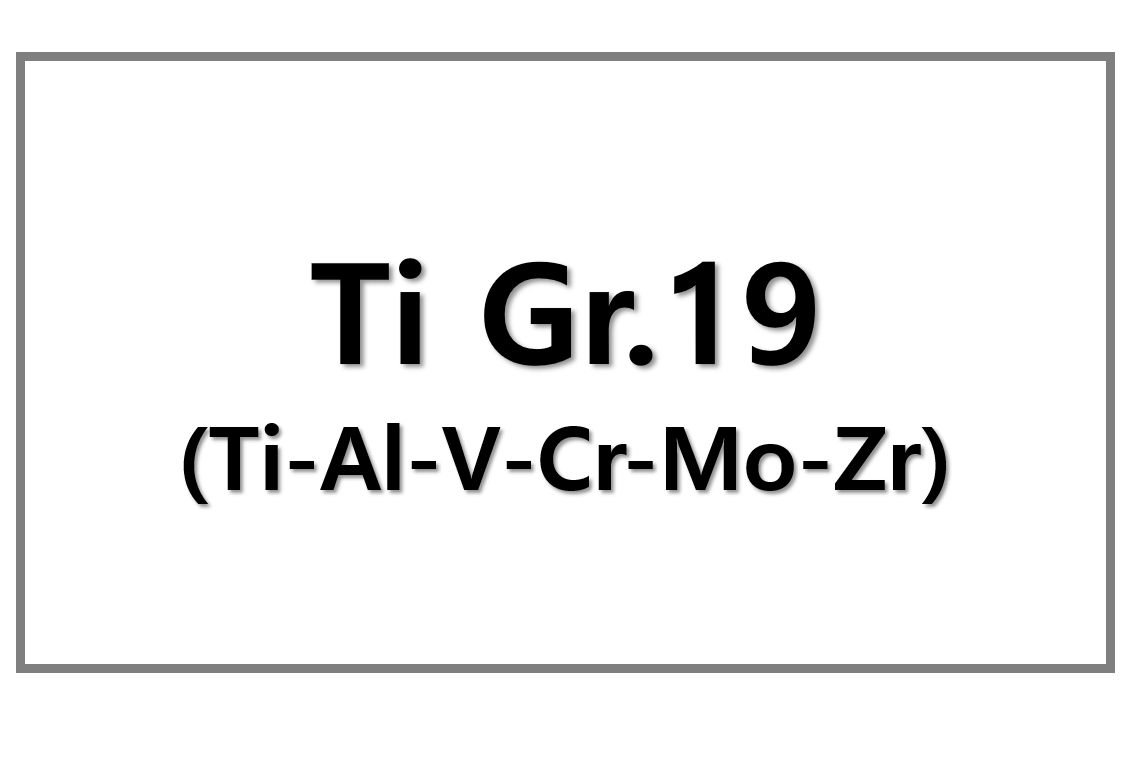
World’s First Hot Gas Test of Additively Manufactured Aerospike Engine
Scientists at Technische Universität Dresden, Germany, have successfully conducted the first hot gas test of an additively manufactured aerospike engine. This milestone, part of the ASPIRER project funded by the European Space Agency (ESA), used a sustainable fuel mix. The test, conducted with the Fraunhofer Institute, ArianeGroup, and the Warsaw Institute of Aviation, featured a blend of hydrogen peroxide and kerosene—an eco-friendly alternative to conventional rocket fuels.
Innovative Fuel and Operation Modes
The engine performed well in both monopropellant and bi-propellant modes. In monopropellant mode, hydrogen peroxide decomposes via a catalyst to produce water vapor and oxygen, which is more environmentally friendly. In bi-propellant mode, kerosene ignites automatically without extra mechanical parts, delivering 6 kilonewtons of thrust—equivalent to 600 kilograms.
Overcoming Aerospike Engine Challenges with Additive Manufacturing
Aerospike engines are more efficient and compact than traditional bell-nozzle engines, but face cooling and control challenges. The team overcame these by using Laser Powder Bed Fusion (PBF-LB) to create more complex engine designs for better cooling and performance. They also tested a new heat-resistant ceramic coating to improve durability at high temperatures.
Aerospike Engines for Future Space Missions
Aerospike engines are ideal for lunar exploration, launch vehicles, and interplanetary missions. Their lightweight, compact design makes them particularly useful for lunar modules, where a flatter design simplifies astronaut tasks. Additionally, aerospike engines offer a more sustainable alternative to hydrazine-based engines, which have environmental and health concerns.
Future Developments and Technological Challenges
While aerospike engines offer many benefits, they still face technological challenges. The Institute of Aerospace Engineering is exploring new methods to control and improve the engines’ efficiency. The long-term goal is to develop aerospike engines into a reliable propulsion system for future space missions.











Leave a Reply
You must be logged in to post a comment.